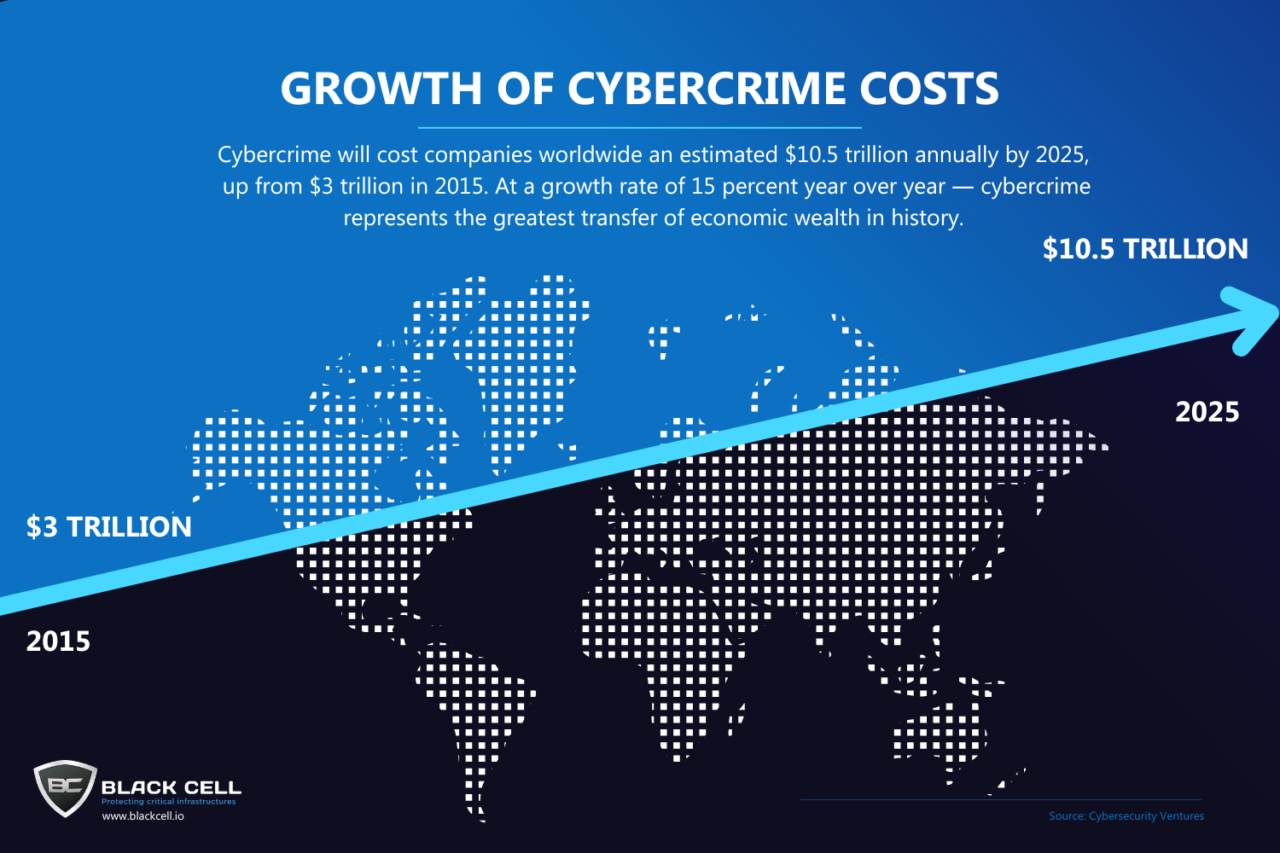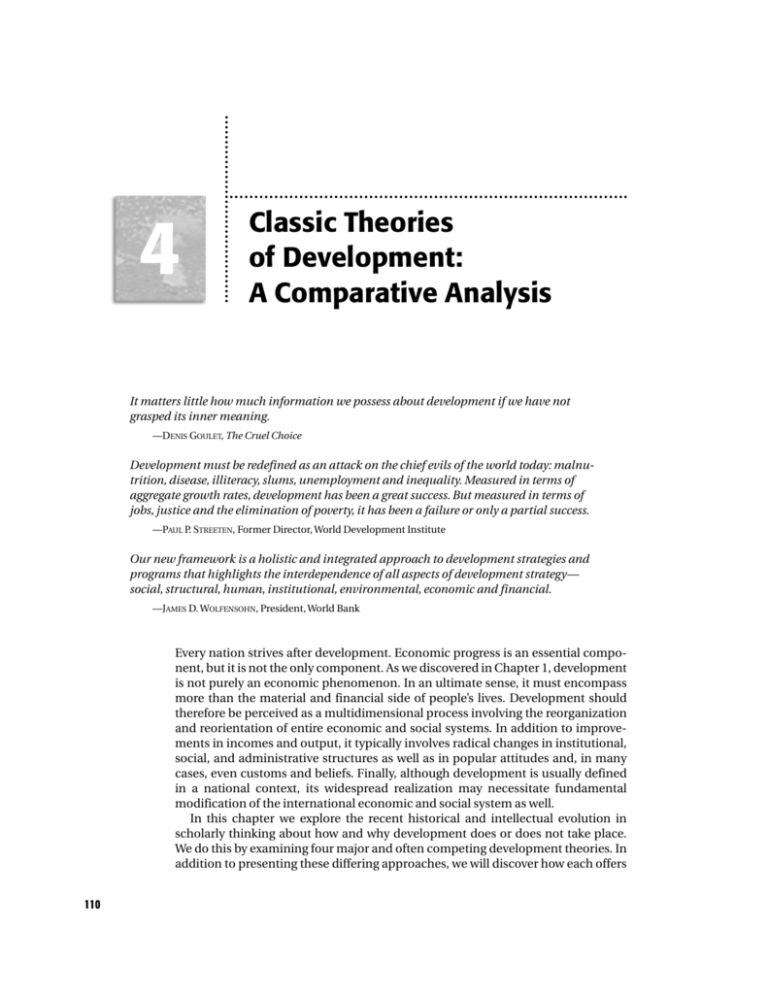
The Invisible Bill: Understanding the Economic Costs of Cybercrime Globally
Imagine an invisible enemy that doesn’t just steal your wallet, but can shut down hospitals, stop factories, and even steal the secrets of entire nations. This enemy is cybercrime, and its economic impact on our global society is staggering, growing, and often underestimated.
For beginners, cybercrime might sound like something out of a sci-fi movie, but it’s a very real and present danger that touches everyone, from the largest corporations to the smallest local businesses, and even you, the individual. This article will break down the massive economic costs of cybercrime in simple terms, explaining where the money goes and why it matters to us all.
What Exactly is Cybercrime?
Before we dive into the costs, let’s quickly define what we mean by cybercrime. Simply put, it’s any criminal activity that involves a computer, network, or the internet. Think of it as digital wrongdoing.
Common types of cybercrime include:
- Ransomware: Like a digital hostage situation. Criminals encrypt your files or lock you out of your systems, demanding money (a "ransom") to restore access.
- Phishing: Tricking people into revealing sensitive information (like passwords or credit card numbers) by pretending to be a trustworthy entity (e.g., a bank, a government agency).
- Malware: Malicious software designed to damage, disrupt, or gain unauthorized access to computer systems (e.g., viruses, worms, spyware).
- Data Breaches: Unauthorized access to and theft of sensitive information, such as customer lists, financial records, or personal identities.
- Intellectual Property Theft: Stealing trade secrets, designs, or other valuable proprietary information.
- Financial Fraud: Directly stealing money through online banking scams, credit card fraud, or investment scams.
The Staggering Global Price Tag
How much does cybercrime actually cost the world? The numbers are immense and growing rapidly.
- Trillions of Dollars: While exact figures vary, recent estimates suggest that cybercrime costs the global economy trillions of dollars annually. Some reports project that this figure could reach $10.5 trillion per year by 2025.
- More Than Natural Disasters: To put that in perspective, this cost is greater than the damage caused by many natural disasters combined, and it’s increasing year after year.
- Faster Growth Than GDP: The cost of cybercrime is growing at a faster rate than the global Gross Domestic Product (GDP), meaning it’s taking an increasingly larger bite out of the world’s economic pie.
This isn’t just about stolen money; it’s about a complex web of direct and indirect financial drains that impact every sector of the economy.
Where Does the Money Go? Unpacking the Economic Costs
The economic cost of cybercrime isn’t a single, straightforward number. It’s a collection of many different types of losses and expenses. Let’s break them down:
1. Direct Financial Losses
This is the most obvious cost: money that is directly stolen or paid out due to a cyberattack.
- Stolen Funds: Criminals directly transfer money from bank accounts, credit cards, or investment portfolios.
- Ransom Payments: Businesses and individuals pay ransoms to regain access to their data or systems after a ransomware attack.
- Theft of Intellectual Property (IP): When trade secrets, product designs, or research data are stolen, companies lose their competitive edge and the value of years of investment.
- Fraudulent Transactions: Costs associated with fake purchases, credit card fraud, and other deceptive financial activities.
2. Operational & Recovery Costs
Even after the initial attack, the work (and spending) is far from over.
- Investigation & Forensics: Companies need to hire cybersecurity experts to figure out how the breach happened, what data was compromised, and how to prevent future attacks. This can be very expensive.
- System Repair & Restoration: Getting systems back online, cleaning infected computers, and rebuilding compromised networks requires significant IT resources and time.
- Notifying Affected Parties: If personal data is stolen, companies are often legally required to inform affected customers, which involves communication costs (mail, call centers, dedicated websites).
- Legal Fees & Fines: Data breaches can lead to lawsuits from affected customers, partners, or even governments. Regulators often impose hefty fines for not adequately protecting data (e.g., GDPR in Europe, CCPA in California).
- Increased Cybersecurity Spending: After an attack, organizations often dramatically increase their budget for cybersecurity tools, training, and personnel to prevent future incidents.
3. Lost Productivity & Business Disruption
Time is money, and cyberattacks cause massive downtime and disruption.
- Downtime: When systems are offline due to an attack, employees can’t work, factories can’t produce, and services can’t be delivered. This lost time translates directly into lost revenue.
- Employee Time Diverted: Instead of focusing on their core jobs, employees (especially IT staff) have to spend hours or days dealing with the aftermath of an attack.
- Supply Chain Disruption: A cyberattack on one company can cripple its suppliers or customers, causing a ripple effect throughout entire industries. Imagine a car manufacturer unable to get parts because a supplier’s systems are down.
4. Reputational Damage & Loss of Trust
This is a harder cost to quantify but can be devastating in the long run.
- Customer Churn: Customers lose trust in companies that have been breached, leading them to take their business elsewhere.
- Investor Confidence: A major cyber incident can cause a company’s stock price to drop, as investors fear future losses or regulatory penalties.
- Brand Erosion: The brand’s image and reputation can be severely damaged, making it harder to attract new customers or talent.
5. Impact on Innovation & Research
Cybercrime can stifle progress and make companies less competitive.
- Stifled Research & Development (R&D): If intellectual property is stolen, companies may lose their competitive edge, making future R&D efforts less valuable or even redundant.
- Reduced Investment: Companies might hesitate to invest in new digital technologies if they fear the cybersecurity risks are too high.
6. National Security & Critical Infrastructure
Beyond businesses, cybercrime poses a significant threat to entire nations.
- Attacks on Critical Infrastructure: Cybercriminals (often state-sponsored) target power grids, water treatment plants, transportation systems, and hospitals. A successful attack can cause widespread disruption, economic chaos, and even loss of life.
- Espionage: Foreign adversaries steal sensitive government data, military secrets, and economic intelligence, undermining national security and economic competitiveness.
7. Small Businesses: The Vulnerable Target
While headlines often focus on large corporations, small and medium-sized businesses (SMBs) are disproportionately affected.
- Lack of Resources: SMBs often lack the budget, expertise, or staff to implement robust cybersecurity measures.
- Fatal Blows: A single ransomware attack or data breach can be enough to put a small business out of operation permanently, leading to job losses and local economic impact.
8. Consumer Impact
Ultimately, many of these costs are passed down to the consumer.
- Higher Prices: Companies may raise prices to cover the increased cost of cybersecurity measures, insurance, and recovery from attacks.
- Identity Theft: Individuals face the emotional stress and financial burden of dealing with identity theft, which can take months or even years to resolve.
- Reduced Trust: A general decline in trust in online services and digital transactions.
Why is Cybercrime So Expensive and Growing?
Several factors contribute to the escalating economic costs:
- Increasing Sophistication: Cybercriminals are becoming highly organized, skilled, and use advanced tools and techniques.
- Global Interconnectedness: Our world is more digital and connected than ever before. This offers many benefits but also creates more entry points and wider impact for cyberattacks.
- Profitability for Criminals: Cybercrime is a highly lucrative business with relatively low risk for the perpetrators, making it an attractive activity.
- Lack of Skilled Professionals: There’s a global shortage of cybersecurity experts, making it harder for organizations to defend themselves.
- Human Factor: Many successful attacks exploit human error or negligence (e.g., clicking on a malicious link).
What Can Be Done? Mitigation and Moving Forward
Addressing the economic costs of cybercrime requires a multi-faceted approach involving individuals, businesses, and governments.
- Increased Awareness & Education: Teaching everyone, from employees to the general public, about cyber threats and safe online practices is crucial.
- Robust Cybersecurity Measures:
- Strong Passwords & Two-Factor Authentication (2FA): Essential for protecting accounts.
- Regular Software Updates: Patching vulnerabilities before criminals can exploit them.
- Backup Data: Regularly backing up important data off-site can mitigate ransomware damage.
- Endpoint Protection: Using antivirus and anti-malware software.
- Network Security: Firewalls, intrusion detection systems, etc.
- Government Regulation & International Cooperation: Laws like GDPR and CCPA push companies to protect data better. International cooperation is vital to track and prosecute cybercriminals who often operate across borders.
- Investment in Cybersecurity Talent: Training and recruiting more cybersecurity professionals is critical to bridge the skill gap.
- Cyber Insurance: While not a solution to prevent attacks, cyber insurance can help businesses recover some of the financial losses after an incident.
- Proactive Threat Intelligence: Sharing information about new threats helps organizations prepare and defend against them.
Conclusion
The economic cost of cybercrime is a silent but devastating tax on the global economy. It’s not just about stolen money; it’s about lost productivity, damaged reputations, stifled innovation, and a growing threat to national security. As our world becomes increasingly digital, the invisible bill of cybercrime will only continue to rise unless we collectively commit to stronger defenses, better education, and greater collaboration. Understanding these costs is the first step towards building a more secure and prosperous digital future for everyone.




Post Comment